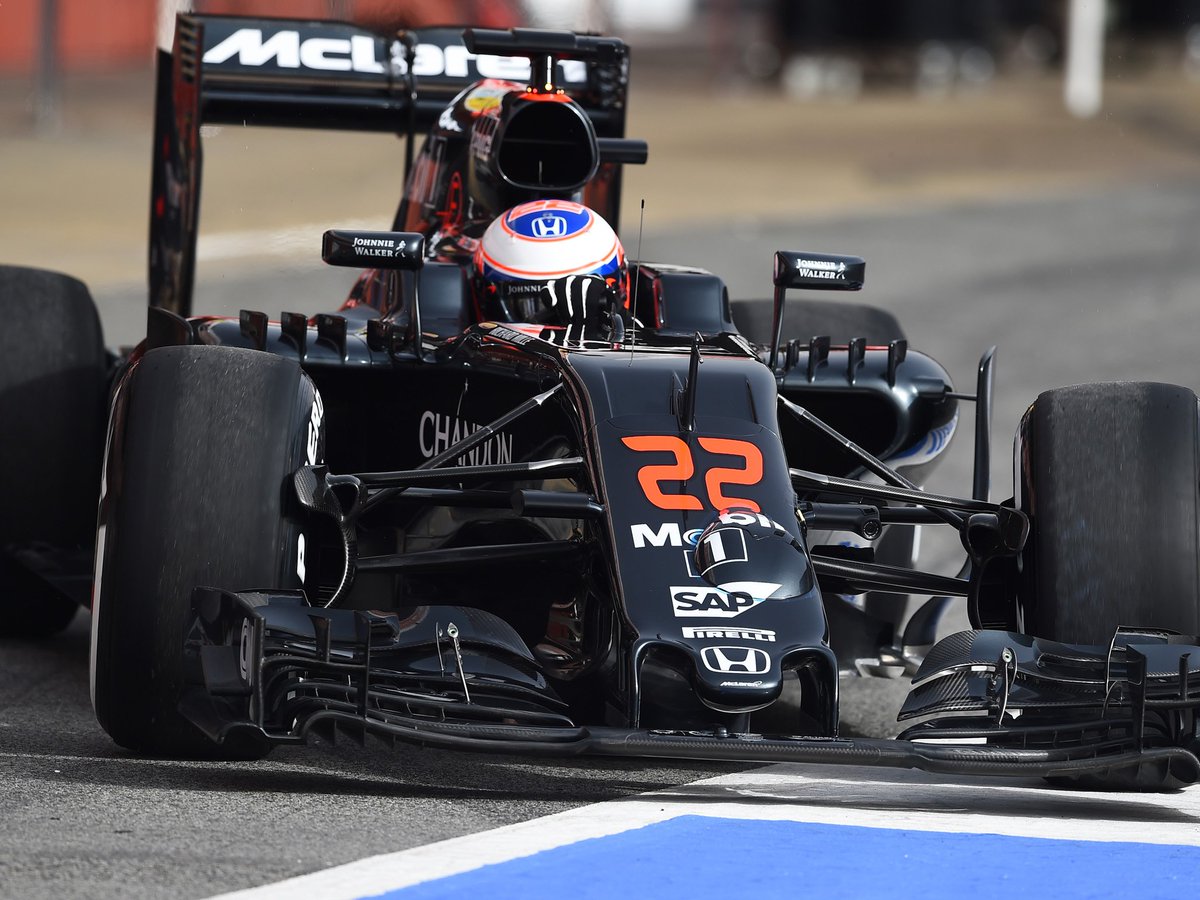trinidefender wrote:
Just thinking this through in my head. Blowdown energy is energy captured from the kinetic energy of the mass of the exhaust gasses. Usual Kinetic energy formula applies KE = .5*m*v^2.
So in the exhaust the mass of gasses is relatively constant throughout each cycle so that is fine. What we can alter is the velocity (v). The velocity of the exhaust gasses is created by the pressure differential in the cylinder vs in the exhaust. The greater the pressure differential, the greater the velocity. The greater the velocity the greater the kinetic energy available to be converted to blowdown energy.
If we increase the exhaust back pressure then we reduce the pressure differential and reduce the speed and hence KE of the exhaust gasses.
Feel free to tell me that I am talking out of my ass but please explain what would actually happen then.
at our mep or even a brisk road speed mep the blowdown is a choked process
ie exhaust velocity is sonic or partially supersonic, so cannot be significantly increased with any pressure differences available to us
all conventional engines opening the EV at around 7 - 8 bar when at max mep (so that the exhaust pressure has fallen by bdc)
much pulse pressure energy being turned to heat, tending to increase mean exhaust pressure
if we engineer for a raised mean exhaust pressure the exhaust will be denser
so the blowdown will give less acceleration and choking, so convert less pulse pressure to heat (and more to recovered power)
the mean exhaust pressure can be raised even to exceed the boost without problem if the EV closure is suitably timed for this
shown to be the most efficient PU way (migration of power from crank to turbine), but recovered power would breach F1 rules
in principle we could vary mgu-h load to give mutual independence of compressor rpm/boost and exhaust pressure
allowing all sorts of massflows (for various AFRs) and all sorts of mean exhaust pressures
@ mr luke
up to the 1950s road cars typically had a crude exhaust manifold, a straight length of tube running along the side of the head
the changes in flow direction were brutal and the path lengths varied greatly, as the flow exited at the manifold end
a system not tuned for cylinder filling, but at least quite quiet (a tuned system is a noisy system before silencer/muffler)
like a log it conspicuously had no branches
race manifolds up to the 1950s had multiple branches serially joining the runner ie giving a small variation in path length
(unlike the modern race manifold where pipes meet at 1 point to give equal path lengths)
were regarded as the opposite of the derided log-like basic road manifolds
and drift was originally called 4-wheel drift
a desirable state of substantial slip angle on both axles engineered in 1938 by Nuvolari and Colombo ? (said Rene Dreyfus)
where previously front slip angles had been trivial or even reversed (oversteer)
now drift is a meaningless term like turbo



